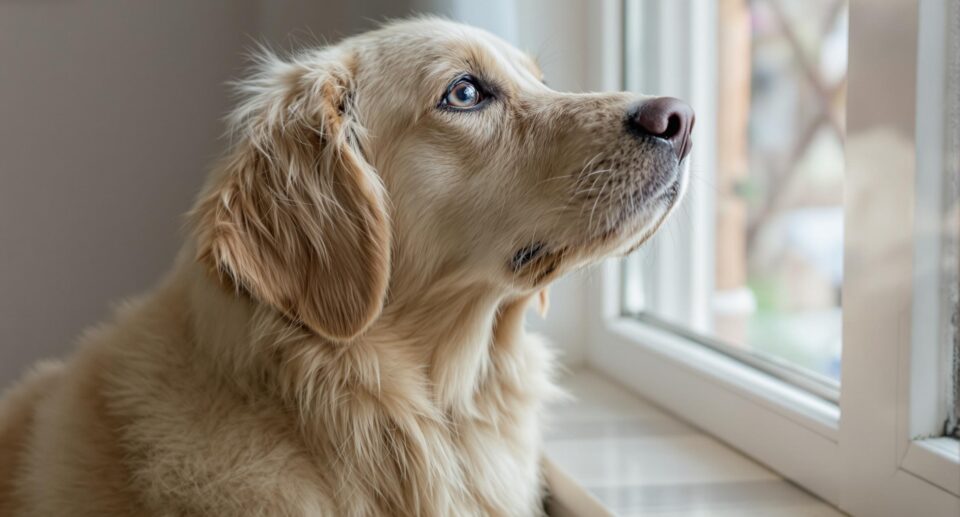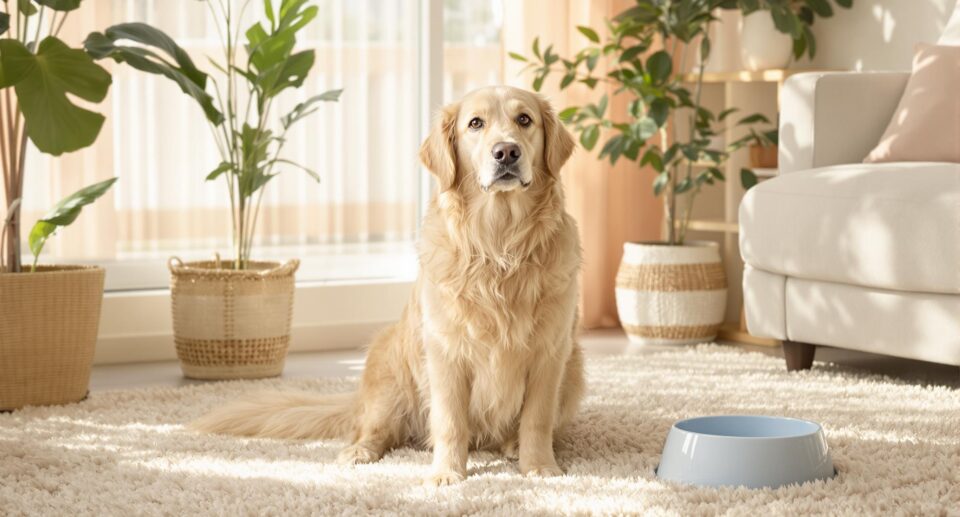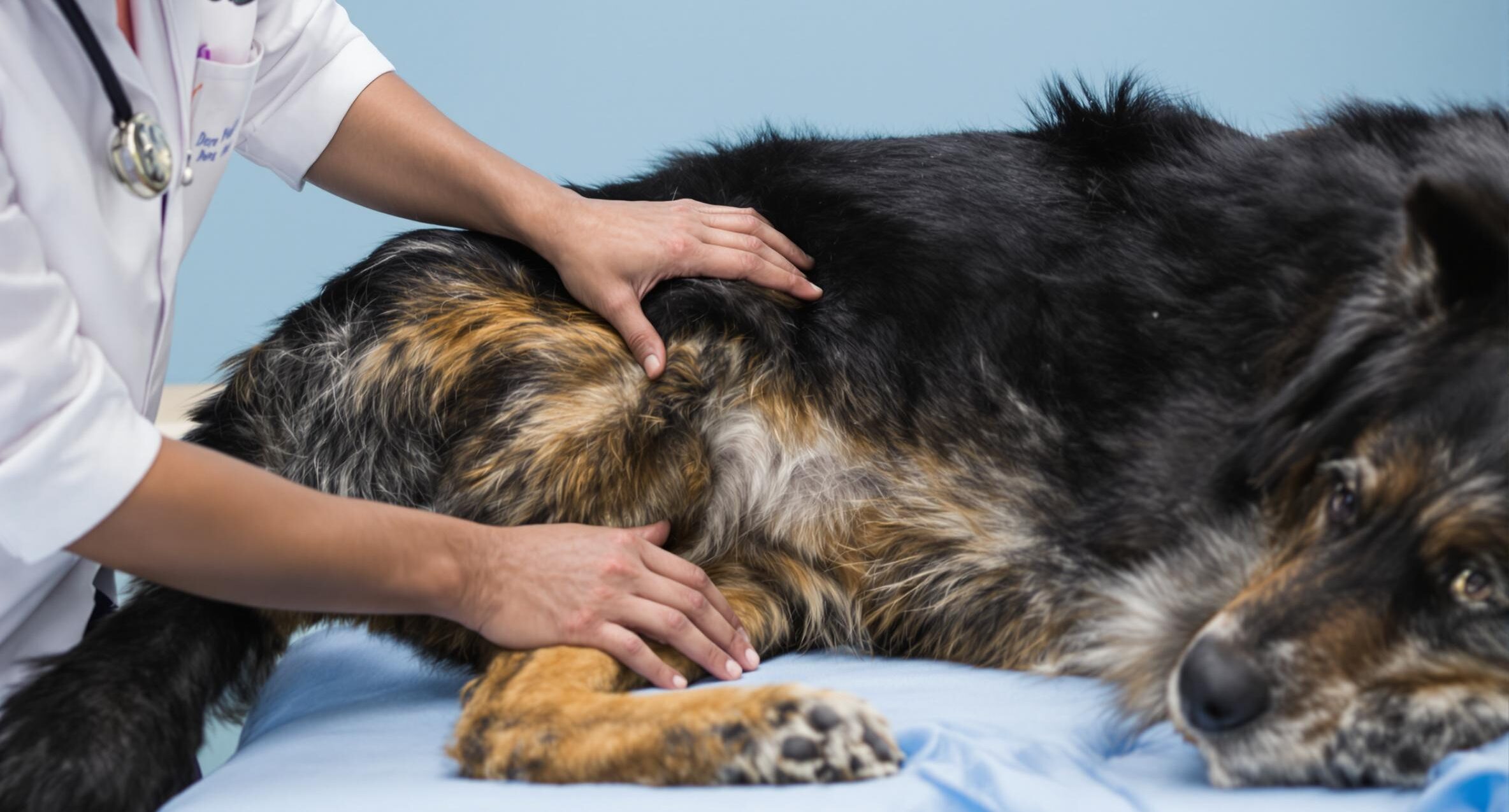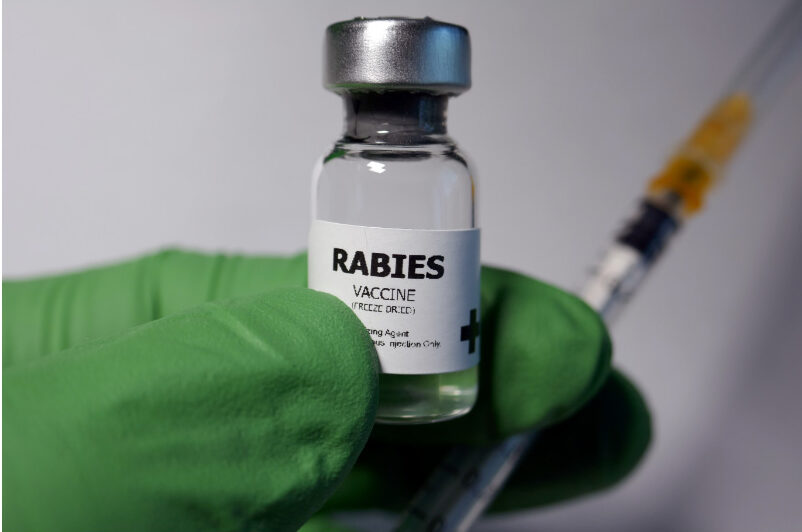Dog Eye Infection Symptoms: How to Spot and Manage Them

Key Takeaways
Spotting early symptoms of eye infections can lead to fast and effective treatment for your dog. Some dog breeds are more likely to develop eye infections due to their facial features or tear production. If symptoms are severe or do not get better within 24–48 hours, your veterinarian is the best person to help.
Dog eye infections are one of the most common and preventable reasons pet owners visit the vet. Early signs like redness, swelling, or unusual discharge may seem minor, but they can escalate quickly. Because dogs depend on their vision to explore their surroundings and stay safe, it is important to catch symptoms early and act fast to prevent more serious problems.
Your veterinarian should always be your first call if you are unsure whether your dog’s symptoms need professional care. If you want to learn more about dog eye infections and related conditions, PetHealthMD offers reliable, vet-reviewed information. Their easy-to-understand resources help pet parents make informed decisions and feel more confident when spotting signs of potential health issues.
Know the Symptoms That Need Your Attention
Infections affecting a dog’s eyes may appear suddenly or progress slowly over time. Some dogs may display obvious signs like thick discharge or redness, while others might only blink more often or seem slightly off. That is why being aware of these early signals is so important.
When to Call Your Veterinarian Right Away
- Bulging or swollen eye
- Inability to open the eye
- Thick discharge yellow, green, or white
- Intense pawing at the face
- Sudden changes in vision
Signs That Develop Gradually
Mild symptoms do not always stand out right away, which makes them easy to overlook during your daily routine. These gradual changes can still point to a developing eye infection and deserve attention.
- Red or pink tissue around the eye
- Puffy or drooping eyelids
- Watery eyes or debris in the corners
- Visible third eyelid or cloudy appearance
- Rubbing face against carpets or furniture
Flat-faced dogs like Pugs and Shih Tzus are more prone to these issues because of their eye shape, which exposes more of the eye and offers less protection from environmental irritants. Brachycephalic breeds face higher ocular risks due to shallow orbits and increased corneal exposure and should be monitored closely for early symptoms. If your dog is showing any of these signs, take photos and schedule a vet visit.
Recognizing symptoms is only half the battle. Understanding what might be causing those symptoms helps you take more effective steps to prevent or manage infections in the future.
Understand What Causes Dog Eye Infections
Dog eye infections are usually triggered by bacteria, irritants, or underlying health problems. Knowing the common causes helps you reduce your dog’s exposure to risk factors.
Common Causes Include
- Bacterial or viral infections Bacteria such as Staphylococcus or Streptococcus can lead to pink eye.
- Environmental triggers Dust, pollen, or wind can irritate the eyes, especially in active or outdoor dogs.
- Dry eye keratoconjunctivitis sicca Some dogs do not produce enough tears, which increases infection risk.
- Allergies Inflammation from skin or food allergies can make eyes more sensitive to bacteria.
- Facial anatomy Dogs with bulging or deeply set eyes like Shih Tzus or Bulldogs often experience poor tear drainage.
If your dog’s symptoms are mild and you understand what is causing them, certain safe steps at home may help ease discomfort.
Manage Mild Dog Eye Infection Symptoms at Home
If your dog’s symptoms are mild and there is no sign of pain or swelling, these simple steps at home can help ease discomfort and clear away irritants with your vet’s approval.
- Wipe gently with a warm, damp cotton ball inner to outer corner.
- Use a sterile saline rinse to clear out debris.
- Trim fur near your dog’s eyes to reduce irritation.
- Use an E-collar if your dog will not stop pawing.
- Clean both eyes with separate cotton balls to avoid spreading germs.
- Monitor symptoms and write down daily changes.
If symptoms worsen and the discharge becomes thick, redness spreads, or your dog starts squinting or scratching more, contact your vet immediately.
Tips to Prevent Future Infections
Prevention begins with clean habits, a healthy environment, and regular care, especially for dogs prone to recurring issues.
Daily Cleaning and Grooming
- Gently wipe away discharge or buildup each morning.
- Trim long or inward-facing fur around the eyes.
- Schedule regular grooming for long-haired breeds.
Keep Their Environment Clean
- Vacuum floors and furniture regularly.
- Wash bedding once a week.
- Keep toys and bowls clean and dry.
Food for Better Eye Health
- Add leafy greens or carrots to meals with vet approval.
- Ask your vet about safe eye-supporting supplements.
- Plan wellness exams twice a year or more often for high-risk breeds.
Frequently Asked Questions About Dog Eye Infection
It is common to have questions when your dog shows signs of an eye problem. These answers offer quick, practical information to help you feel more prepared and confident as a pet parent.
What Are the Early Signs of an Eye Infection in Dogs?
Common signs include redness, watery or colored discharge, and squinting. Dogs may also rub their face on carpets or furniture. If you see thick discharge or swelling, call your vet.
Will a Dog’s Eye Infection Go Away on Its Own?
Minor irritations might resolve, but most infections need treatment. Without medication, symptoms can worsen or lead to complications. Always ask your vet before using any eye drops.
How Long Does Recovery Take?
With prescribed treatment, dogs often show improvement in 2 to 3 days. Most infections clear up within 7 days. If there is no change after 48 hours, follow up with your vet.
Which Breeds Need Extra Eye Care?
Breeds like Pugs, Bulldogs, and Boston Terriers are more prone to infections due to their facial structure. Cocker Spaniels and Pekingese also need extra monitoring.
What Should I Do If My Dog’s Symptoms Worsen?
Call your vet. Worsening discharge, pain, or swelling can mean the infection is progressing. Quick action prevents long-term damage or vision loss.
Protect Your Dog’s Eyes Every Day
Maintaining your dog’s eye health starts with daily observation and consistent care. Early detection of subtle symptoms, like increased blinking or light sensitivity, can help you catch an infection before it becomes more serious.
By understanding what causes eye infections and using simple care habits at home, you can avoid many common problems. Daily cleaning, regular grooming, and a clean living space all support long-term comfort and clear vision.
Support your dog’s eye health with expert-backed resources and trusted products. Shop vet-approved solutions like medication, supplements, and food from 1800PetMeds.





